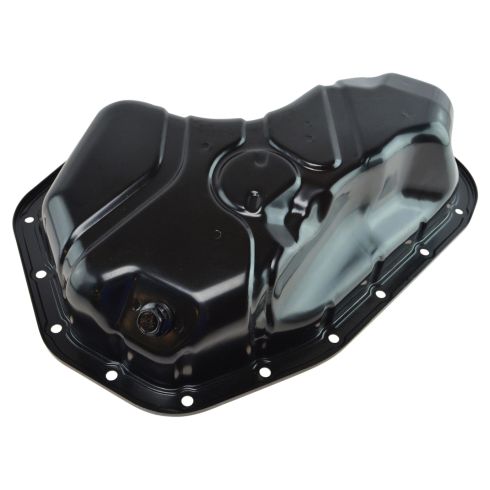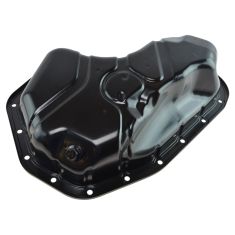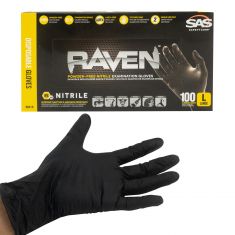1AEOP00214-Toyota Lexus Lower Engine Oil Pan TRQ OPA07811

Replaces
Toyota Lexus Lower Engine Oil Pan TRQ OPA07811

Frequently bought together
Product Reviews
Loading reviews
5.00/ 5.0
5
5 reviews
January 28, 2020
worked as it should,no problems
Excellent experience
January 20, 2023
Product was delivered promptly. The online video describing installation was very helpful. Thank you
Easy Peasy
February 8, 2023
Exact fit! I have no complaints. Easy Install.
September 28, 2023
perfect fit
No issues
July 25, 2024
Fit perfectly on my 2008 Rav4 v6. No issues with bolt hole alignment, and it came with a drain plug and crush washer already installed. Installed it a couple weeks ago with toyota form-in-place-gasket and no leaks. 5 stars.
Customer Q&A
Does this oil pan come with a gasket?
May 5, 2020
10
Thank you for the inquiry. This part will come exactly as shown in the listing image. Gaskets and new hardware is not included with this item. You may be able to reuse your originals if they are in good condition. Please let us know if you have any other questions.
May 5, 2020
Christa R
what is the capacity of this pan?
August 16, 2020
10
Hello,
It will match the capacity of the original.
August 17, 2020
Corey M
What is the tread of the drain bolt?
August 27, 2020
10
Hello,
It may be different than the factory part, but the drain plug will seal to this pan correctly. Thanks!
August 27, 2020
Adam G
What gasket can I purchase with this pan?
March 27, 2024
10
Please enter your vehicle's year make and model in the search bar at the top of the page. This will display parts guaranteed to fit your vehicle. Just be sure to verify all of the information shown in the Vehicle Fit tab before ordering.
March 27, 2024
Emma F
10
The one I took off didn't have a gasket so I used some of the best silicon sealer at Oreilly
March 28, 2024
Terry S













